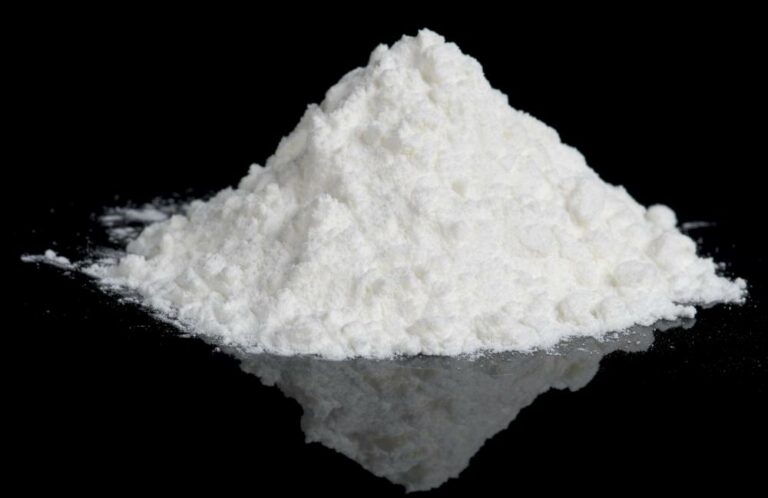Project Report For Zinc Oxide Manufacturing
Introduction
Project report for Zinc Oxide Manufacturing is as follows.
Zinc oxide is a chemical that is insoluble in water but soluble in acids and bases. It has a wide range of applications in industries such as rubber, ceramics/glass, paint/coatings, cosmetics, and pharmaceuticals.
Zinc oxide is often used in cosmetic goods. Zinc oxide is generally found in cosmetics and personal care items such as makeup, baby lotions, bath soaps, manicure products, and powders, among others.
Aside from its legal usage as a cosmetic, zinc oxide is used as a bulking agent and a UV absorber to protect the skin. Zinc oxide is used in sunscreens at concentrations of up to 25%. Zn2+ is widely regarded as a non-toxic metal.
Project Report Sample Of Zinc
Oxide Manufacturing
Get Completely Custom Bankable Project Report
Zinc oxide, abbreviated ZnO, is an inorganic substance. ZnO is a white powder that is water insoluble. Although it occurs naturally as the mineral zincite, the majority of zinc oxide is synthesised.
Rubber & tyres, ceramic & glass, chemical & pharmaceutical, agricultural, and other applications have been segmented in the market.
Zinc oxide is commonly used to strengthen the strength of rubber during the vulcanization process. Vulcanized rubber is widely used in the tyre business.

Rising demand for automotive tyres as a result of increased car sales throughout the world is likely to propel the market’s expansion.
It is a necessary vitamin found in almost every cell. It must be ingested and absorbed in the food in order for human health to be maintained, and it does not appear to accumulate with age, etc. Zinc oxide demand in the cosmetics market is being supported by its widespread use in a variety of cosmetics goods such as sunscreen, talcum powder, cold cream face powder, depilatories, and others.
Zinc oxide (ZnO) is an inorganic and insoluble chemical that is mostly utilised as an addition in a variety of items such as rubber, ceramics, paints, lubricants, foods, batteries, plastics, first-aid tapes, antiseptic creams, cosmetic creams, and pharmaceuticals.
One of the most common uses for zinc oxide is as creams, ointments, and lotions to protect human skin from sunburn and damaging UV radiation.
Market Potential Of Zinc Oxide Manufacturing
Expenses

Product Cost Breakup

Reveneue Vs Expenses

Market Trend

The global zinc oxide market is expected to reach USD 5.2 billion by 2024, increasing at a CAGR of 5.2 percent between 2020 and 2026. Factors propelling the market include the increasing use of zinc oxide in the cosmetic and pharmaceutical industries, increased automotive production and sales, and a greater emphasis on skin care and skin protection.
Because of its good physical qualities, zinc oxide is widely employed in the electronics sector. The market is expected to develop due to the industry’s expansion.
This chemical molecule can be harmful to one’s health if ingested, swallowed, or breathed. Zinc oxide, which is prescribed for therapeutic purposes, can be administered as a cream or ointment.
The implementation of stringent laws governing the use of zinc, as well as weak economic growth, are important impediments to market expansion.
Medical grade zinc oxide is beneficial to the digestive and immunological systems. As a result, it is widely used in the healthcare business. It’s used to treat skin problems like acne, dermatitis, diaper rash, and eczema. This, in turn, is anticipated to fuel the growth of the market.
Zinc oxide is also used to treat a variety of skin diseases and is commonly used in anti-dandruff shampoos, calamine creams, anti-septic ointments, infant care powder, and barrier creams for treating diaper rashes. Zinc oxide has a wide range of applications in the personal and cosmetics industries due to its high refractive index, antibacterial capabilities, UV protection qualities, and high thermal conductivity.
